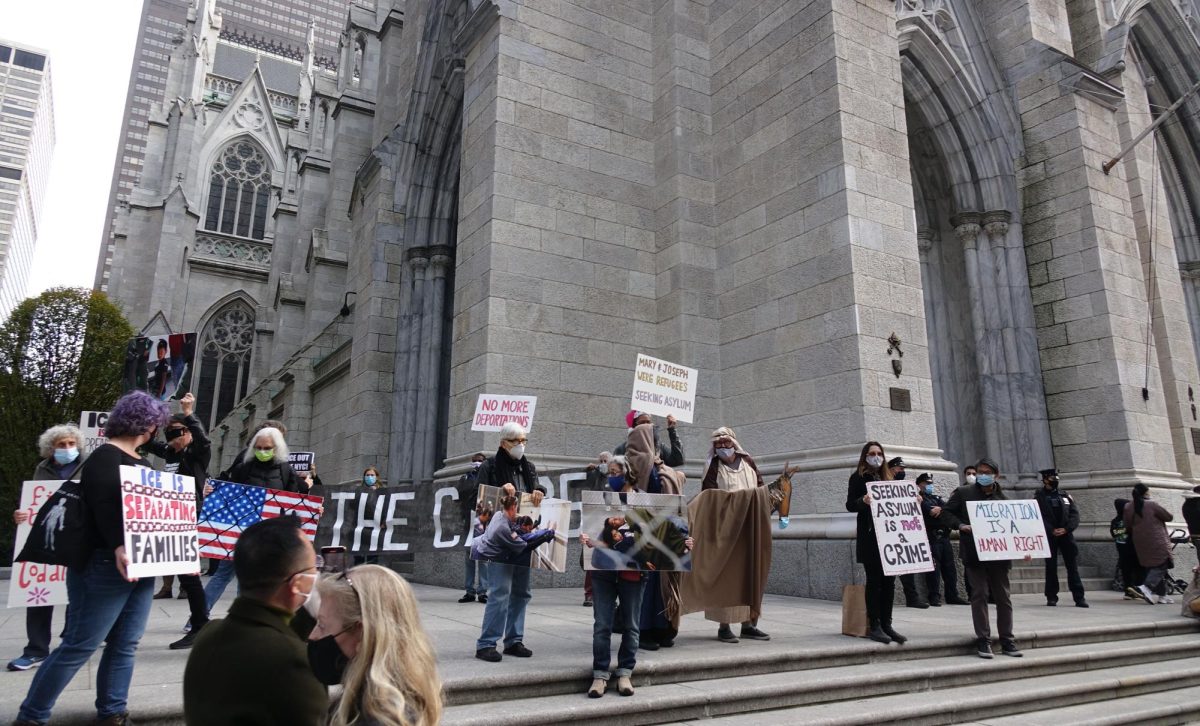
Death, destruction and mayhem have ruled the ever-suffering Palestinian coastal enclave of the Gaza Strip for the last seven weeks as hostilities between the Israeli Defense Forces and an array of Palestinian militias (most notably with that of the de facto Islamist governing party, Hamas) have produced thousands of casualties, a majority of them being civilians. Temporary cease-fires have been negotiated but, when not left to expire (resulting in a return to hostilities), were violated, resulting in even more hostilities.
After a temporary cease-fire was negotiated on Aug. 13, the first stage of a grand bargain for a long-term cease-fire was agreed by Israel and all relevant Palestinian parties on Aug. 18, with an extension of the most recent temporary ceasefire for another 24 hours starting on Aug. 19. But a few hours after that extension went into effect, Hamas rockets were shot into Israel from the Gaza Strip, resulting in massive IDF retaliation in Gaza. This inspired an ominous implicit threat from Hamas to shoot down aircraft in Israeli territory and a warning to all foreign craft to stay clear of Israel.
With direct warfare on the verge of reemerging, casualties mounting (the U.N. estimates 2000 deaths on the Palestinian side and 66 on the Israeli side), and peace seeming increasingly impossible, many are asking one question: why?
On July 12, three Israeli teenagers were kidnapped in the West Bank. Publicly, Israel declared Hamas responsible for the kidnapping and, though they denied responsibility, Hamas political leader Khaled Meshal publicly congratulated the kidnappers. The response to this kidnapping was a multi-week search (resembling a small invasion) through the West Bank for both the teens and the kidnappers. The bodies were eventually found dead on land belonging to the Palestinian Qawasameh tribe. Formerly moderates, the Qawasamehs are a radical opposition faction in Hamas (which is hardly a unitary movement) that attempts to frustrate any attempt at peaceful Israeli-Palestinian relations, frequently aiming to launch rockets in the name of Hamas to destroy cease-fires.
In response to the Israeli incursion into the West Bank, rockets were launched by non-Hamas groups from the Gaza Strip. Israel responded with attacks on Palestinian positions in Gaza on June 29, killing one member of Hamas. Enraged, Hamas shot numerous rockets into Israel.
In retaliation to this and the rockets that have been continually launched at Israel for years from the Gaza Strip, Israel launched a massive air campaign and followed by failed cease-fire attempts, a ground campaign aimed at rooting out Hamas’ infrastructure and, later, networks of cross-border tunnels from Gaza to Israel that allowed Hamas militants to enter Israeli territory.
Fighting continued for weeks, with cease-fires being negotiated and either ending or being violated, with the most recent of them having collapsed just as a long term cease-fire was about to be implemented. Among the most difficult terms of peace to implement are demands from Hamas that Israel allow the air, sea and land blockades against Gaza to end and demands from Israel that the Gaza Strip, long known for its militant opposition to Israeli control, be demilitarized.
On its surface, this narrative gives a simple overview of the conflict. But the devil is in the details. It was later revealed that Israel knew, due to DNA testing, that the boys were almost certainly murdered well before the Israeli incursion into the West Bank. They also knew that Hamas had not launched a rocket at Israel since signing the 2012 cease-fire agreement after an earlier Israel-Gaza conflict and that Hamas had worked to try to contain more radical groups from launching rockets.
Yet, Israel continued to blame Hamas for rockets launched into Israel that Hamas had no ability to control (as if Hamas pushes too hard against the more radical Palestinian groups, it would be seen as an ally of the enemy and risk losing power). Israel also knew that the kidnappers were part of the Qawasameh tribe and that Hamas central command had not ordered the kidnappings. So why would Israel go after Hamas like this when they were being cooperative with the Israelis?
Earlier, on June 2, Hamas had let go of its de facto control over the Gaza Strip (which it took in a preemptive counter-coup against rival party Fatah’s attempt to oust Hamas from its democratically elected position in charge of the Palestinian government in 2007) and handed over power to a Hamas-Fatah unity government. Israel refused to accept any Hamas-backed government, as not only does Hamas refuse to give up violence and accept Israel, but Israel also conspired with Fatah and the West to remove Hamas from power and sees this government as one that will concede less to Israel in peace negotiations now that the movement Israel tried to crush is in power again.
So with full knowledge of the fate of the boys well before the excursion, Israel used their kidnapping as a pretense to uproot most of Hamas’ support and infrastructure in the West Bank. Knowing the retaliation this would produce from the Palestinian side, the inevitable rocket attacks gave Israel political cover to launch attacks on Hamas in Gaza (which is, inside its borders, not controlled by Israel like the West Bank is). This opportunity to weaken Hamas would also allow Israel to go after other militant groups (like Islamic Jihad in particular) so that the civilians in southern Israel would finally have relief from the frequent rocket fire from Gaza.
In essence, it appears as if Israel is gambling that with this kerfuffle, it can neutralize Hamas (and other groups) as threats to its security. With a power gap due to weakened Palestinian militias, this could allow the new Palestinian unity government to establish its control over Gaza with Fatah at its helm to moderate against radical influence, negotiate as the representative of all of Palestine instead of as the illegal unrepresentative government of a failed coup attempt, as the “official” Palestinian government was until June 2. It is also possible that this could have been Benjamin Netanyahu’s way of appeasing the hard-right members in his cabinet who were angry at him for wasting time with failed peace negotiations earlier this year.
It is too early to say just what the Israeli motivation for the moves on Hamas were, but with hostilities still ongoing and with no sign of ending, it’s clear that the world’s largest open-air prison has a lot more horror to face in the near future.












